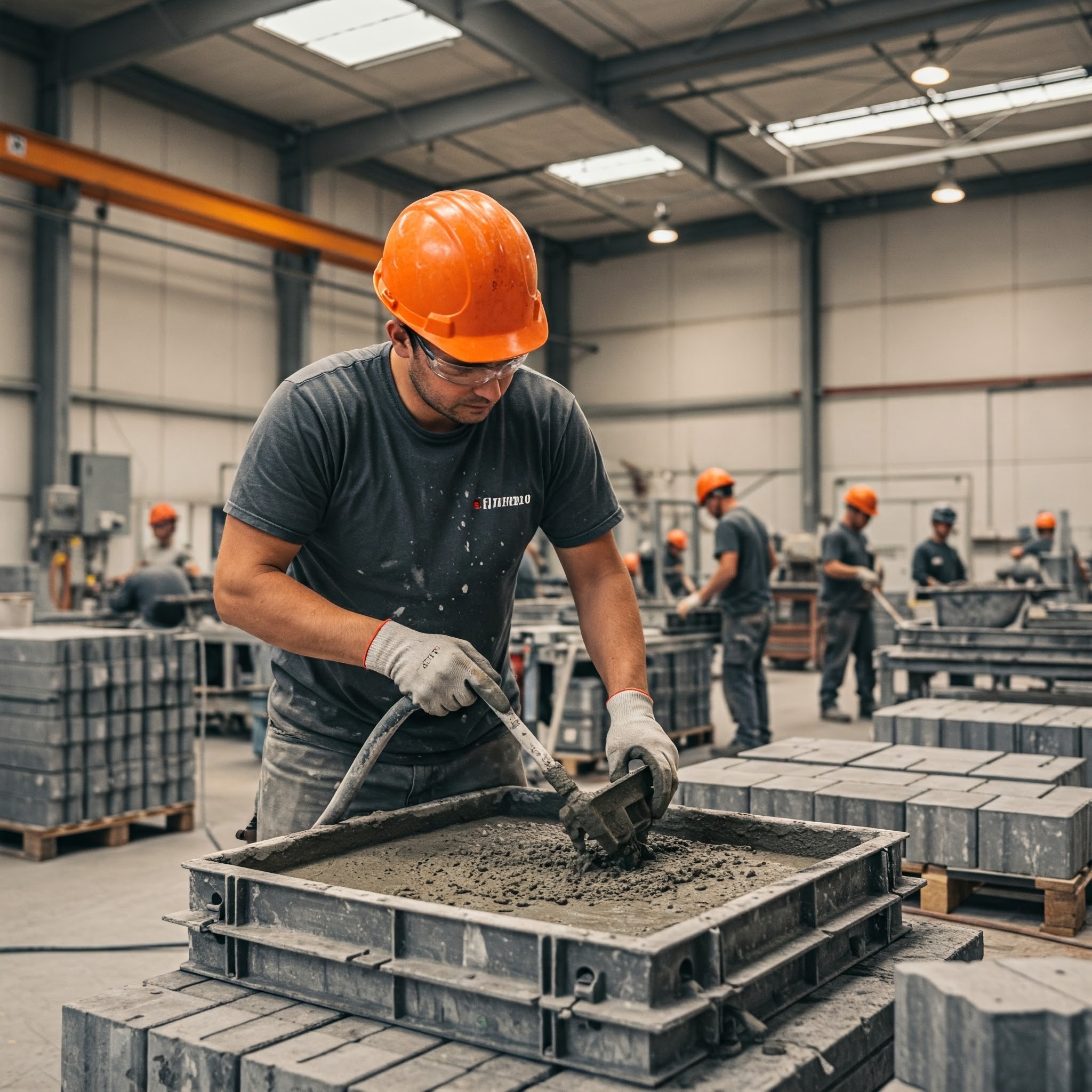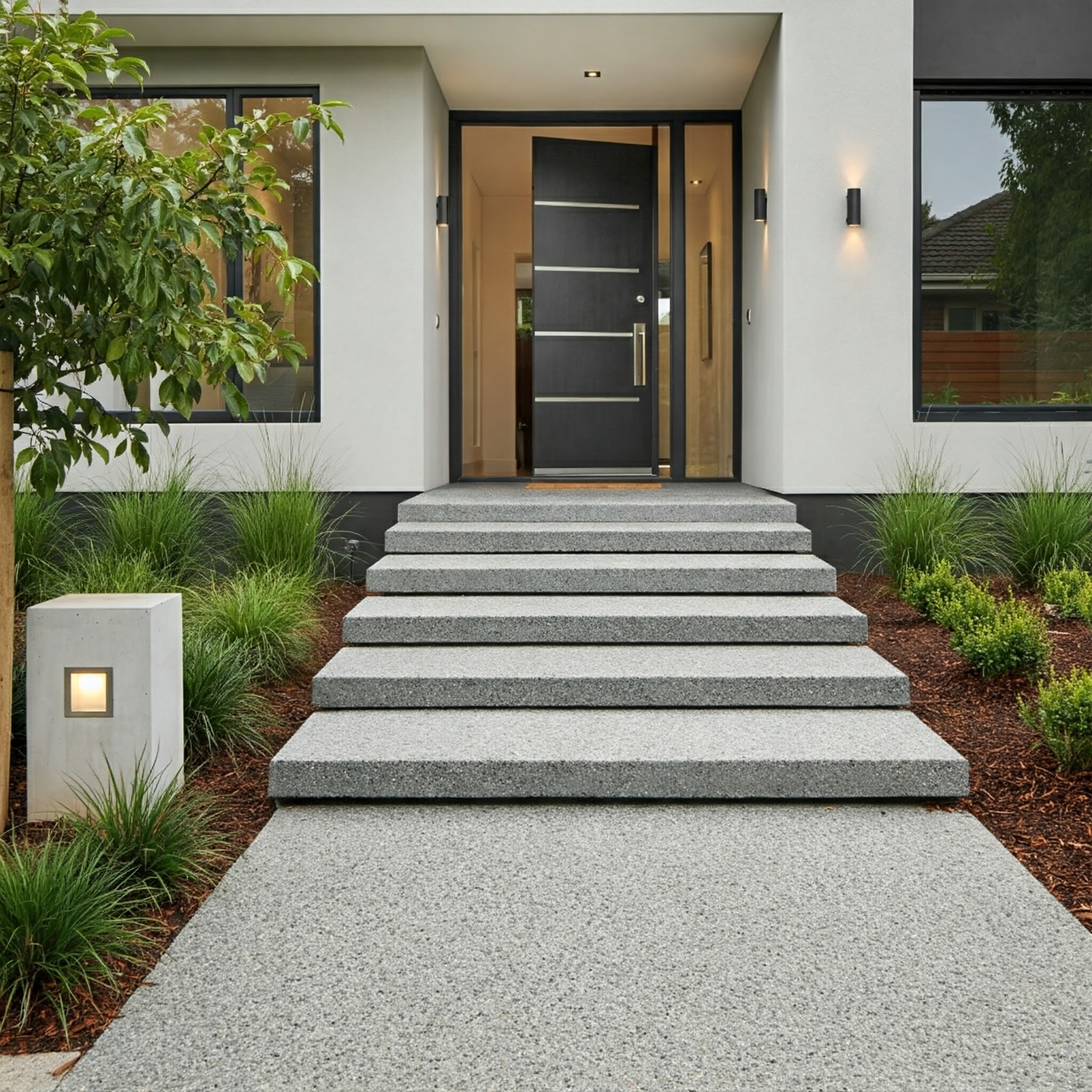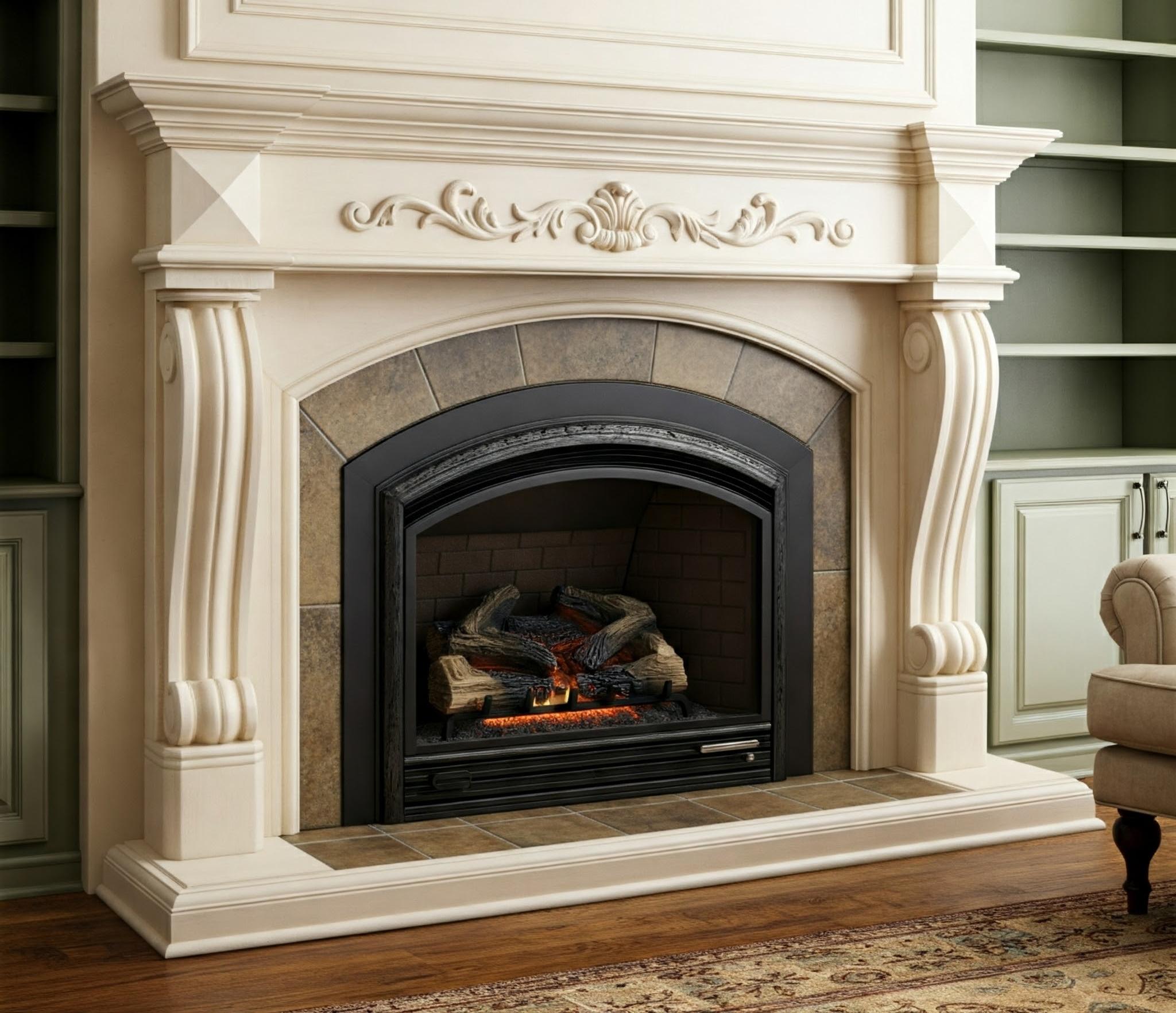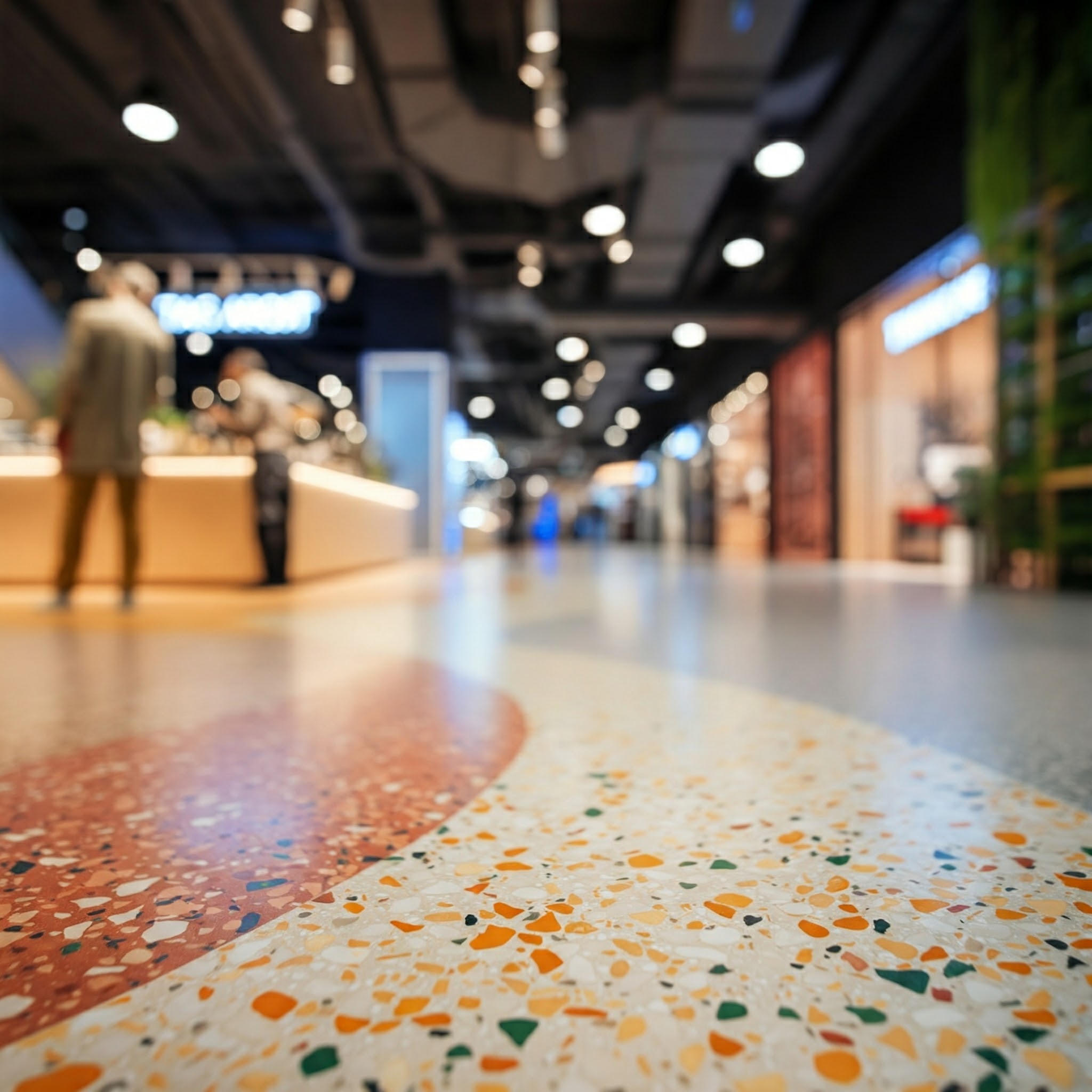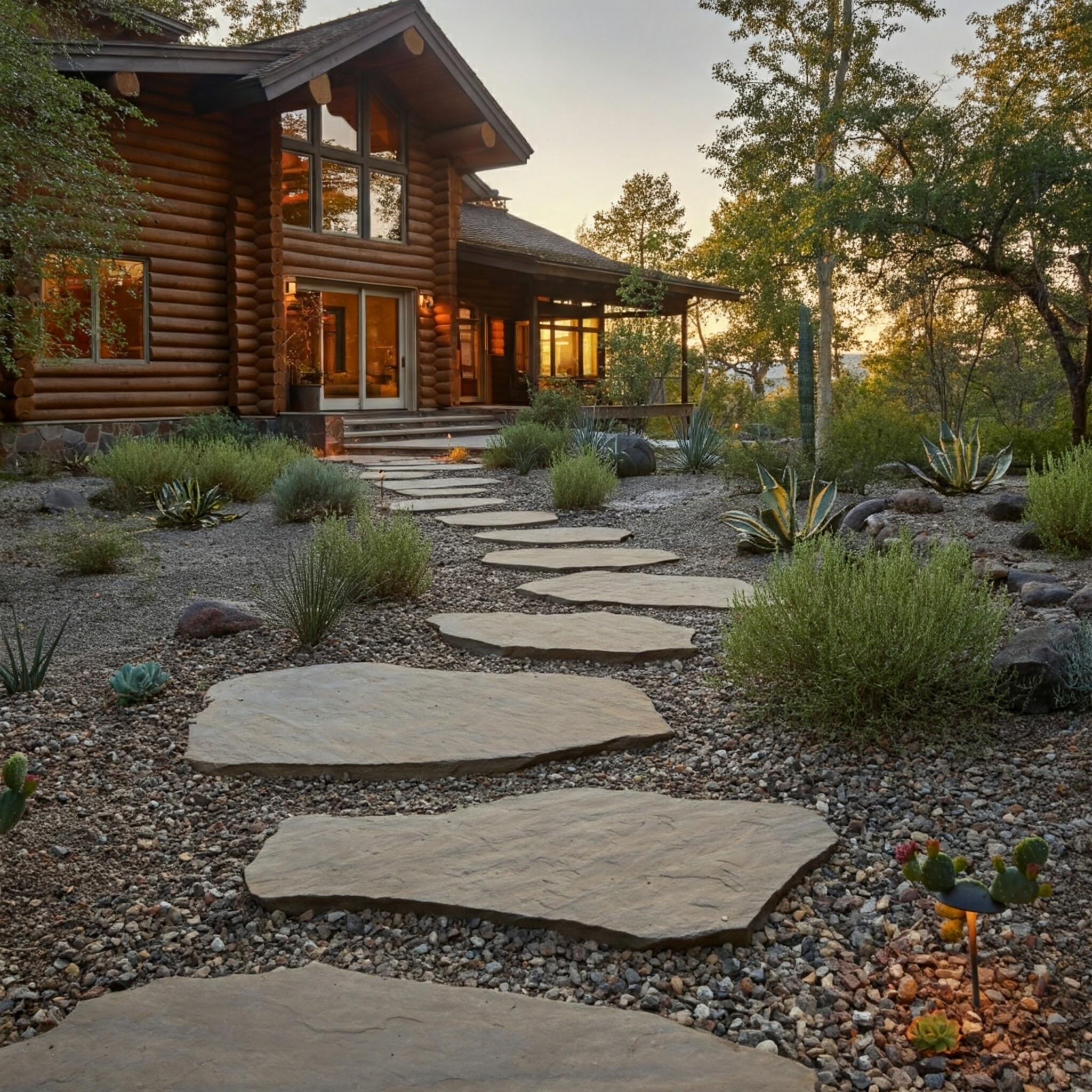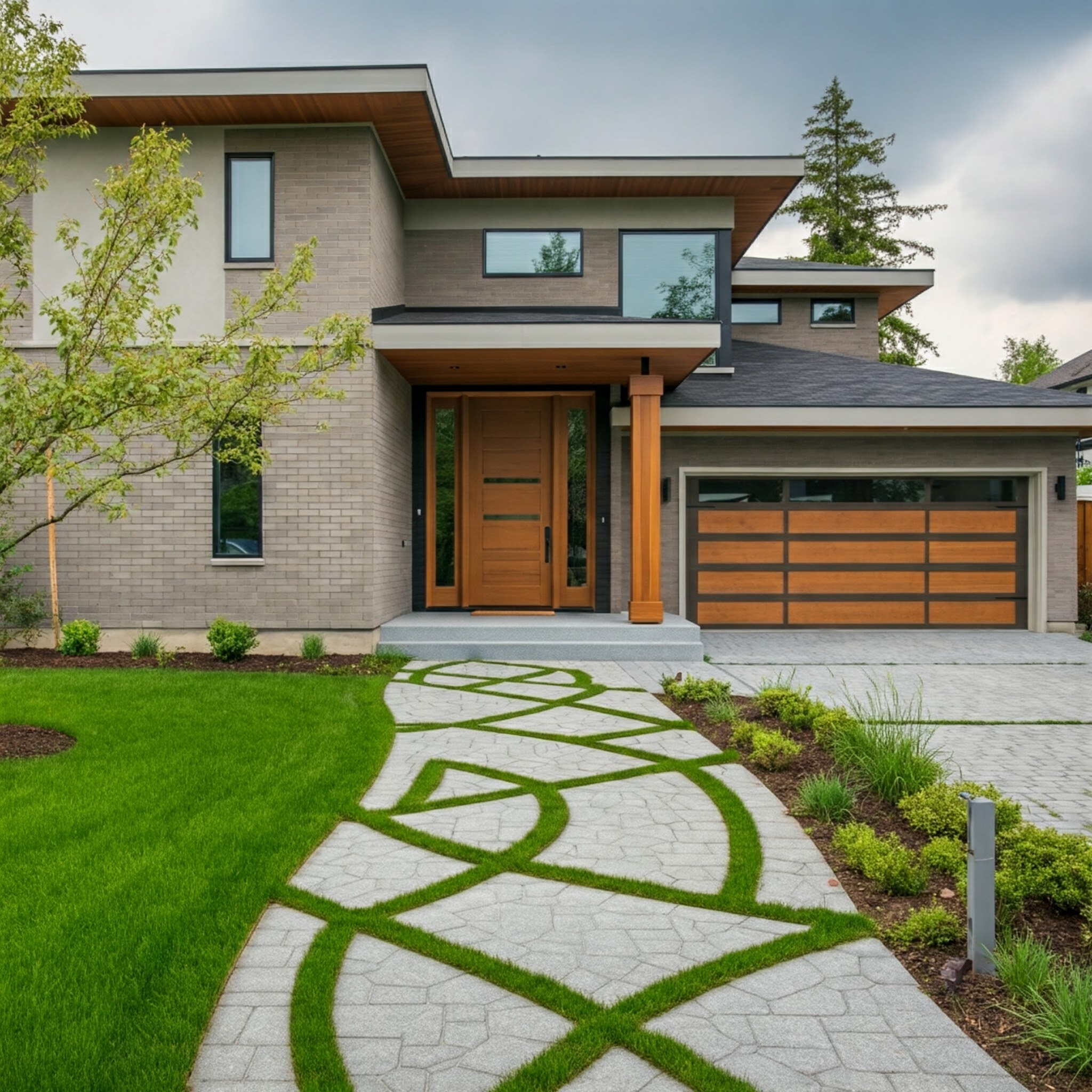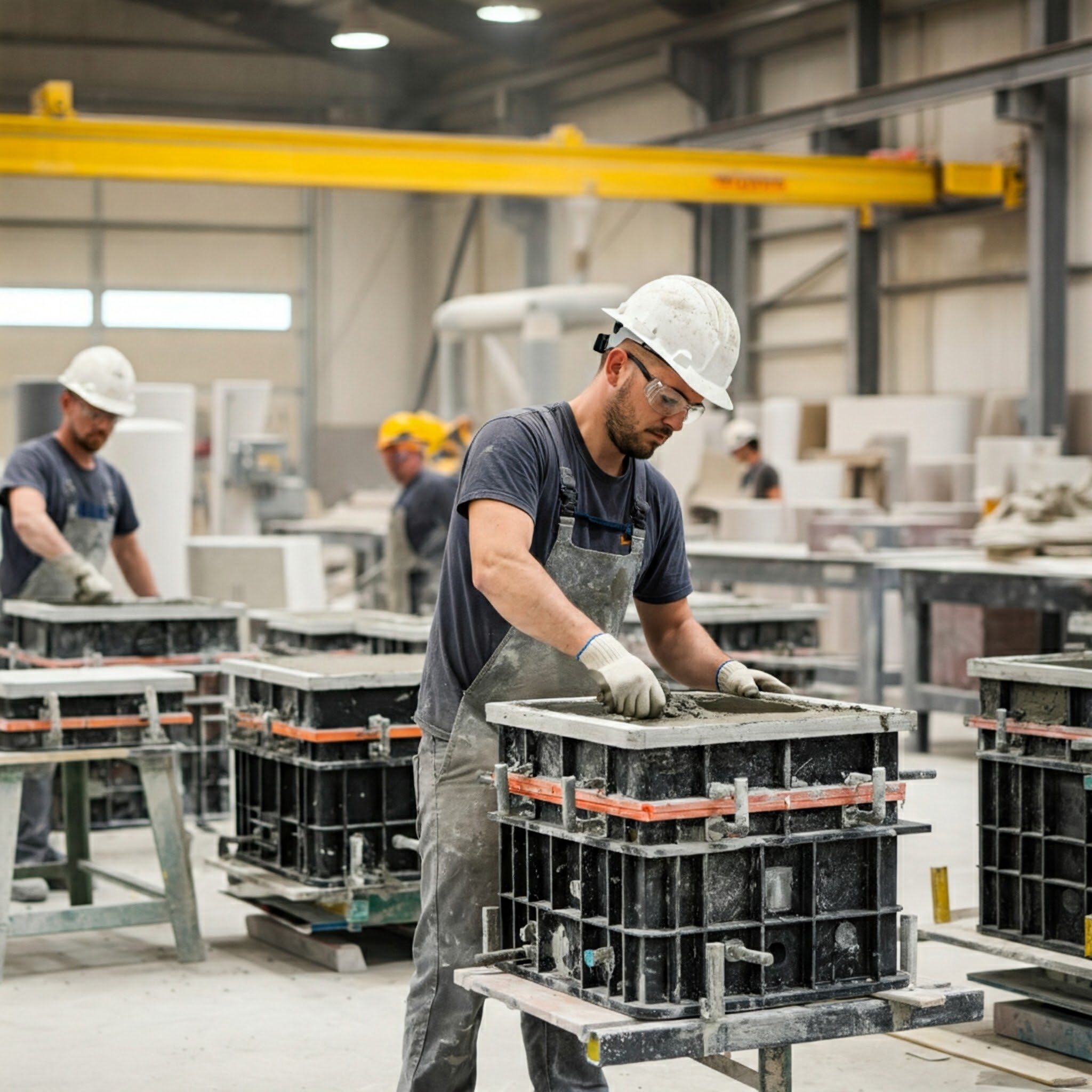Learn More About Riser and Tread for Stairs
Introduction
Staircases play a crucial role in building design and construction, connecting different levels while enhancing the overall architectural appeal. Every well-crafted staircase has two vital elements: the riser and the tread. These components significantly influence the stairs’ functionality, safety, and visual charm. This detailed guide explores the most important things you need to know about risers and treads for stairs, with a particular emphasis on precast concrete solutions, a durable and versatile material.
Understanding Risers and Treads
- The Basics:
- Risers are the vertical parts of stairs that connect one tread to the next, forming the “face” of each step. They provide structural support and create the height difference between steps.
- Treads are the flat surfaces where you place your feet when ascending or descending the stairs.
- Together, the riser and tread for stairs form the basic structure of any staircase.
- Dimensional Considerations:
- The relationship between riser and tread for stairs is governed by specific mathematical formulas and building codes, ensuring comfortable and safe movement.
- Typically, residential stair risers range from 6.5 to 7.75 inches in height, while treads are usually 10 to 11 inches deep.
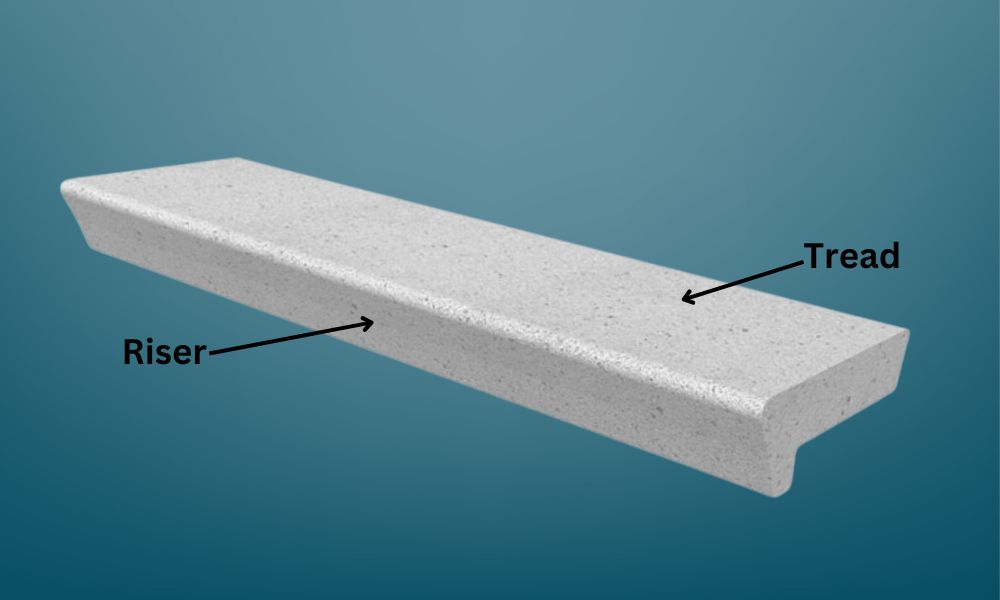
The Importance of Proper Design
- Safety First:
- When designing the riser and tread for stairs, safety should always be the top priority. Ensuring consistent riser heights and deep enough treads for secure footing can significantly reduce the risk of accidents, making the staircase a safe and comfortable space for all users.Additionally, choosing high-quality, slip-resistant materials can further mitigate risks such as tripping, slipping, user fatigue, and missteps.
- Comfort and Usability:
- Prioritizing safety in riser and tread for stairs design is crucial. Attention to dimensions and material selection minimizes risks.
- Correct height and depth of each riser and tread for stairs reduce tripping hazards. Surfaces with adequate grip lower the chances of slipping.
Comfortable, well-designed treads alleviate user fatigue and enhance the overall experience of using the stairs, making users feel at ease and comfortable.
Precast Concrete: The Ideal Material Choice
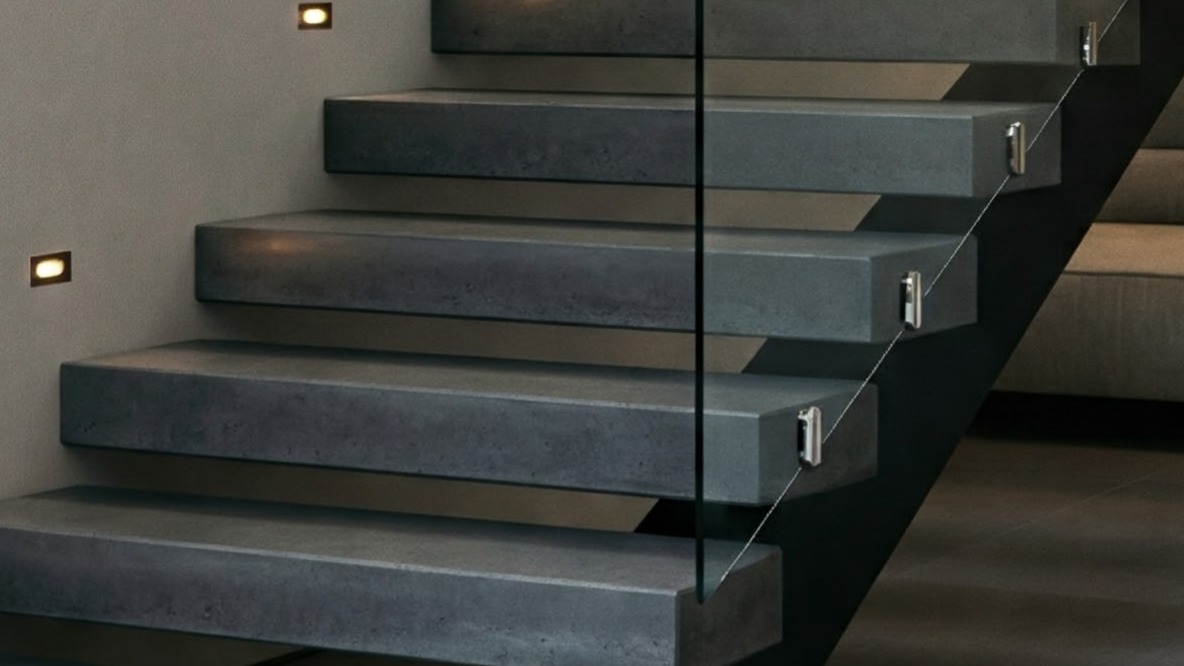
- Advantages of Precast Concrete:
- Precast concrete offers exceptional durability, often lasting over 50 years with minimal maintenance. Its robust manufacturing process allows it to handle substantial loads, making it ideal for diverse construction applications.
- Additionally, precast concrete resists environmental factors like moisture and temperature changes, ensuring long-term integrity and performance.
- Consistency in Manufacturing:
- Uniform Dimensions: Ensuring all components are crafted to identical specifications for seamless compatibility.
- Perfect Finish: Achieving an impeccable surface quality that enhances aesthetics and durability.
- Quality Control: Implementing strict inspection and testing protocols throughout production.
- Precise Specifications: Adhering to exact measurements and requirements to ensure each product meets design criteria.
- Installation Benefits:
- Ready to install
- Reduced construction time
- Lower labor costs
- Minimal on-site disruption
- Design Flexibility:
- Various surface textures
- Multiple color options
- Custom patterns and finishes
- Integration with other materials
Installation and Maintenance
- Professional Installation: Proper installation of precast concrete riser and tread for stairs requires accurate measurements, substrate preparation, and appropriate joining methods.
- Maintenance Requirements: Precast concrete stairs require minimal maintenance, but they benefit from regular cleaning, periodic sealing, and timely repairs.
Design Considerations
- Aesthetic Integration: Precast concrete riser and tread for stairs can be designed to complement architectural styles and create visual interest.
- Safety Features: Important safety elements include non-slip surfaces, visual contrast between steps, proper lighting integration, and edge treatments.
Environmental Considerations
- Sustainability Benefits: Precast concrete offers several environmental advantages, including locally sourced materials, reduced waste, long lifespan, energy efficiency during production, and recyclability.
Conclusion
Choosing the right riser and tread for stairs is crucial for creating safe, durable, and attractive staircases. Precast concrete is an excellent choice, offering a perfect balance of functionality, aesthetics, and longevity. When properly designed and installed, precast concrete riser and tread for stairs provide a reliable, low-maintenance solution that will serve well for decades.
Remember: When it comes to crafting exceptional precast concrete stairs, Stonehenge Architectural is the ideal partner for your project. Our passion for precision and meticulous attention to detail ensures that every riser and tread is flawlessly executed, exceeding industry standards. We combine artisan craftsmanship with high-end quality materials to create stairs that are not only structurally sound but also visually stunning. With Stonehenge Architectural, you can trust that your project will be handled with the utmost care, resulting in a staircase that elevates your space with both beauty and functionality.

